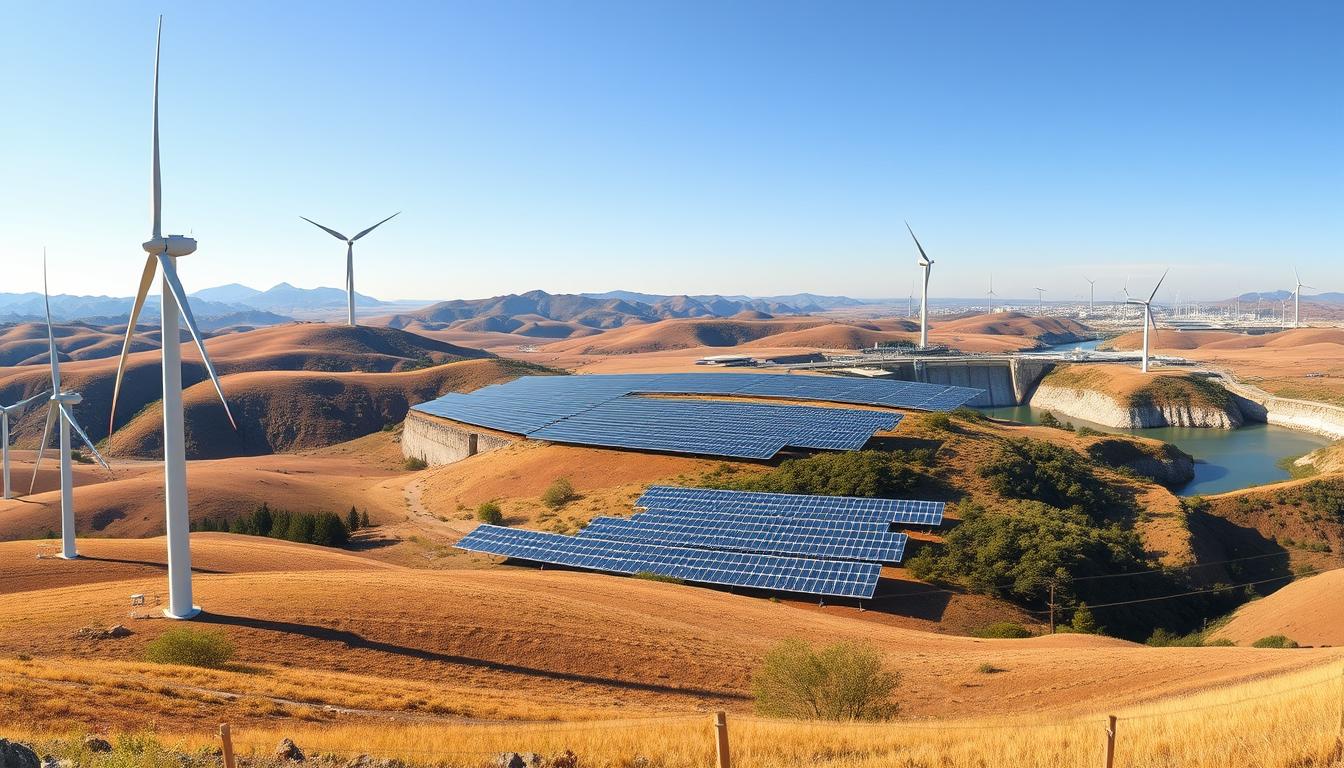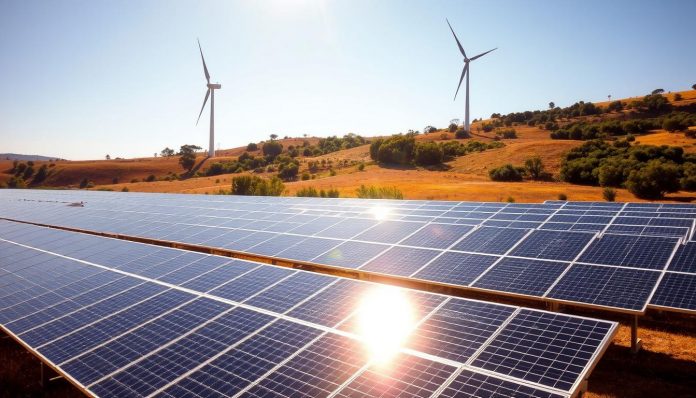The clean energy and clean enough debate are on the rise since the world is grappling with the climate crisis. In our effort to mitigate our carbon footprint, we must know what is actually important as far as energy solutions are concerned.
Clean enough and clean energy are those terms that tend to be used interchangeably, yet they have different connotations. Although clean energy means renewable energy sources such as solar and wind energy, clean enough means that there is a more pragmatic approach to managing the emission, it does not mean that it should be completely eliminated.
Key Takeaways:
- The question of clean energy vs. clean enough is an important topic in the context of the climate crisis.
- It is necessary to understand the peculiarities of these terms to come up with effective energy solutions.
- A realistic solution to emissions reduction can prove more viable than working towards complete purity.
- It should be about progressing and not perfecting.
- The use of clean energy solutions can greatly influence our carbon footprint.
The Clean Energy Spectrum:
Clean energy is not a dichotomy, but a continuum of various sources of energy with varying degrees of sustainability in the environment. This spectrum is important in understanding our future in terms of energy.
What Clean is in Energy Terms:
Clean energy is a term used to refer to energy which is manufactured with minimal environmental impact. This may involve the renewable energy such as the solar and the wind energy sources, which produce electricity without greenhouse gas emissions.
Zero-Carbon Ideal vs. Reality:
The realization of a zero-carbon energy ideal is not an easy task because the technology and economic constraints are not as advanced as they need to be at the moment. Although renewable energy sources are increasingly becoming common they have problems of intermittency and infrastructure.
Beyond Carbon Measurement of Environmental Impact:
In addition to carbon emission, the environmental impact of energy sources can also be measured using other measures such as:
- Water usage
- Land use requirements
- Pollution levels
These aspects are essential to a proper interpretation of the meaning of energy as clean.
The Pragmatist Approach to energy and a climate crisis:
The world is struggling with the climate crisis, and more than ever, the necessity of viable energy solutions is being felt. The perfect vision of a fully clean energy system is not yet developed, and the way to go needs the compromise of short-term desires and long-term objectives.
Transitional Energy Sources: Clean Enough Argument:
The transitional energy sources are very important in the transition to cleaner energy future. Contemplated to be clean enough, these sources can be used to fill the gap between our existing energy system and an entirely renewable one. An example of this is that natural gas provides considerably less carbon dioxide as compared to coal when burned, thus making it a less damaging short-term substitute.

Natural Gas and Nuclear: dubious Stopgaps:
Nuclear energy and natural gas are frequently discussed as possible intermediaries in the transition of the energy. Although they are not devoid of controversy, they also have some benefits. An example is nuclear energy which can give a substantial amount of electricity but none of the greenhouse gases will be emitted in the process. Nonetheless, the issue of nuclear waste and safety is still a problem.
- Natural gas lowers the carbon emissions in comparison to coal.
- Nuclear energy has zero greenhouse emissions.
- Both of them are seen as stopgaps till renewable energy will be able to supply the entire demand.
The Price of Waiting to find Perfect Solutions:
Perfect energy solutions may take a long time to materialise, which is expensive in terms of economics and the environment. Renewable energy technologies are becoming cheaper, although the switch is a costly affair. These actions can only be taken later, a situation that will increase the emission levels and climate effects, a case where practical selection of energy is required.
Renewable Energy Technologies: Prospect and Constraints
As the need to deal with climate change mounts pressure, renewable energy technologies are becoming more prominent. Solar and wind sources of energy have been critical in global change to a cleaner energy mix.
Solar and Wind: The Wind and the Sun:
The renewable energy revolution is at the forefront of solar and wind energy. Technology in solar energy has greatly advanced and this makes it more efficient and cost effective. Likewise, the bigger and more efficient turbines have helped wind energy to generate more energy which has decreased the cost. The combination of solar and wind is leading to the move out of fossil fuels.

Storage Issues and grid integration:
Solar and wind energy have made progress but still there are challenges especially in the storage and integration of energy into the grid. These sources are intermittent and this means that they need innovative storage solutions to make the energy supply stable. Development of battery technology and grid management systems is very vital to these challenges.
The New Environmental Costs of Renewables:
Renewable energy is said to be friendly to the environment, though it is not without environmental costs. Solar panels and wind turbines require some materials that may cause adverse effects on the environment. An example is that mining of rare earth metals to make wind turbines may cause degradation of the environment. These hidden costs should be known to make a good evaluation of renewable energy technologies.
Conclusion: What Really Matters in Our Energy Choices:
In working through the difficulties of the climate crisis, we have realized that the one aspect that is very important in determining our future as a planet is our energy decisions. The clean energy and clean enough energy controversy brings out the dilemma between ideology and realism to this global dilemma.
It is important to balance the aspect of urgency to act and seeking the best solutions possible. The real thing in this situation is to make a progressive decision that will make us use fewer energy sources that pollute the air. Through a practical perspective on energy solutions, we will be able to speed up our move to a more sustainable energy future and counteract the effects of the climate crisis.
As individuals, communities and nations, we can create a change in our energy consumption. Through our commitment to sustainable energy and by endorsing new technology, however, we can partner together to build a cleaner, more resilient energy system that will be advantageous to both humans and the environment.
FAQ:
What does it mean by clean energy? What does it mean by clean enough energy?
Clean energy is defined as energy sources that do not have any impact whatsoever on the environment and clean enough energy is defined as energy sources that might not be ideally clean but provide substantial benefit to reduce environmental harm, so they make a practical decision in adopting cleaner energy.
What makes some people believe that natural gas is a clean enough source of energy?
Natural gas is viewed as an adequate energy source since it has a drastically reduced amount of carbon dioxide released during burning relative to coal and is therefore a transition energy source that can partially alleviate the effects of emissions as more renewable energy sources are brought into existence.
What are the primary issues related to renewable energy technologies, such as solar and wind?
Energy storage and grid integration are the key challenges. Solar and wind energy are intermittent sources that need complex observation of storage to maintain an uninterrupted supply of energy even when there is not enough sunshine or wind.
Do renewable energy technologies not have any impact on the environment?
No, renewable energy technologies do not have a complete impact on the environment. Examples include the use of solar panels that possibly impose environmental adversities in the process of extraction and processing and the use of wind turbines that might disrupt the habitat of certain wildlife.


